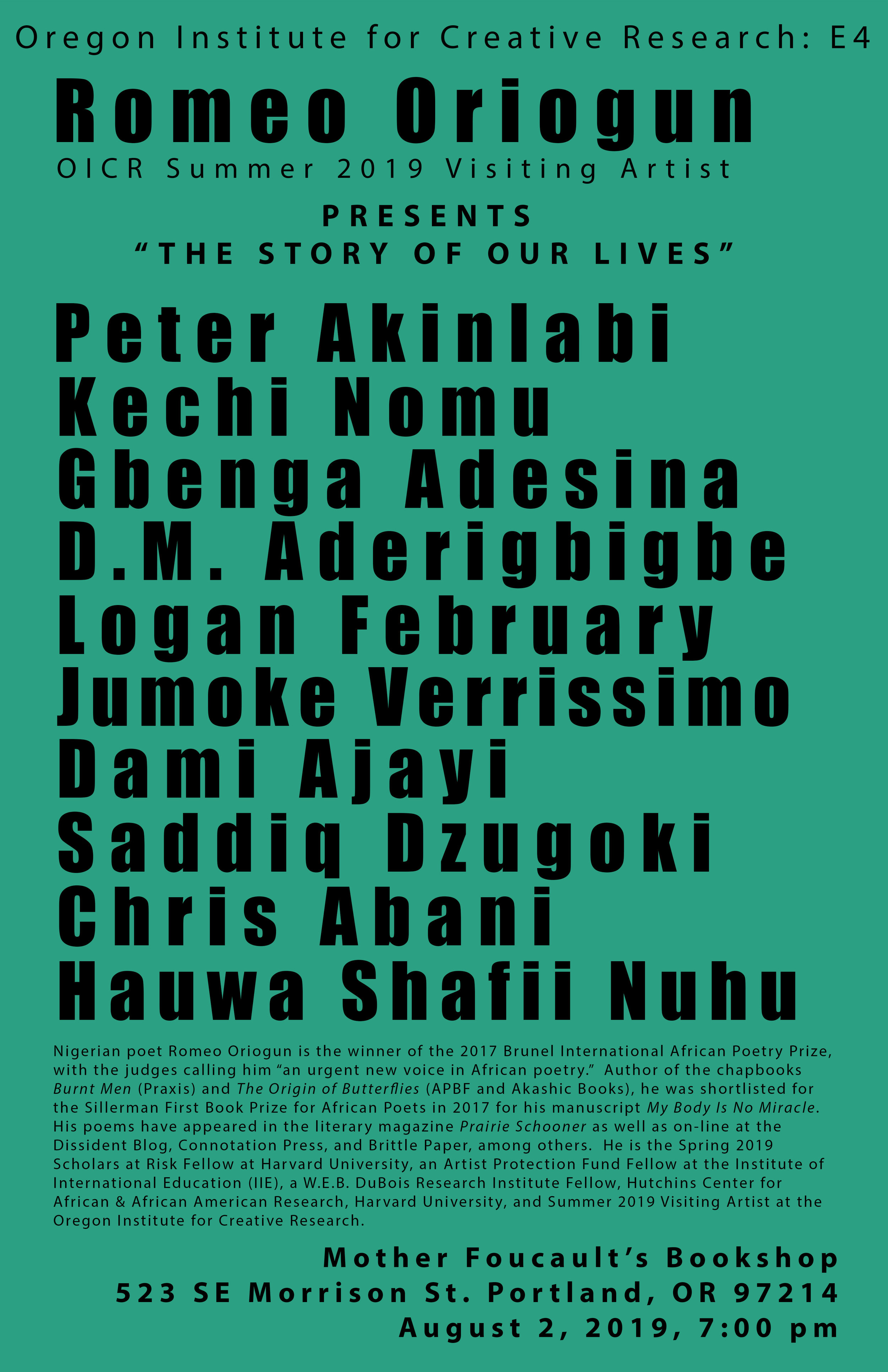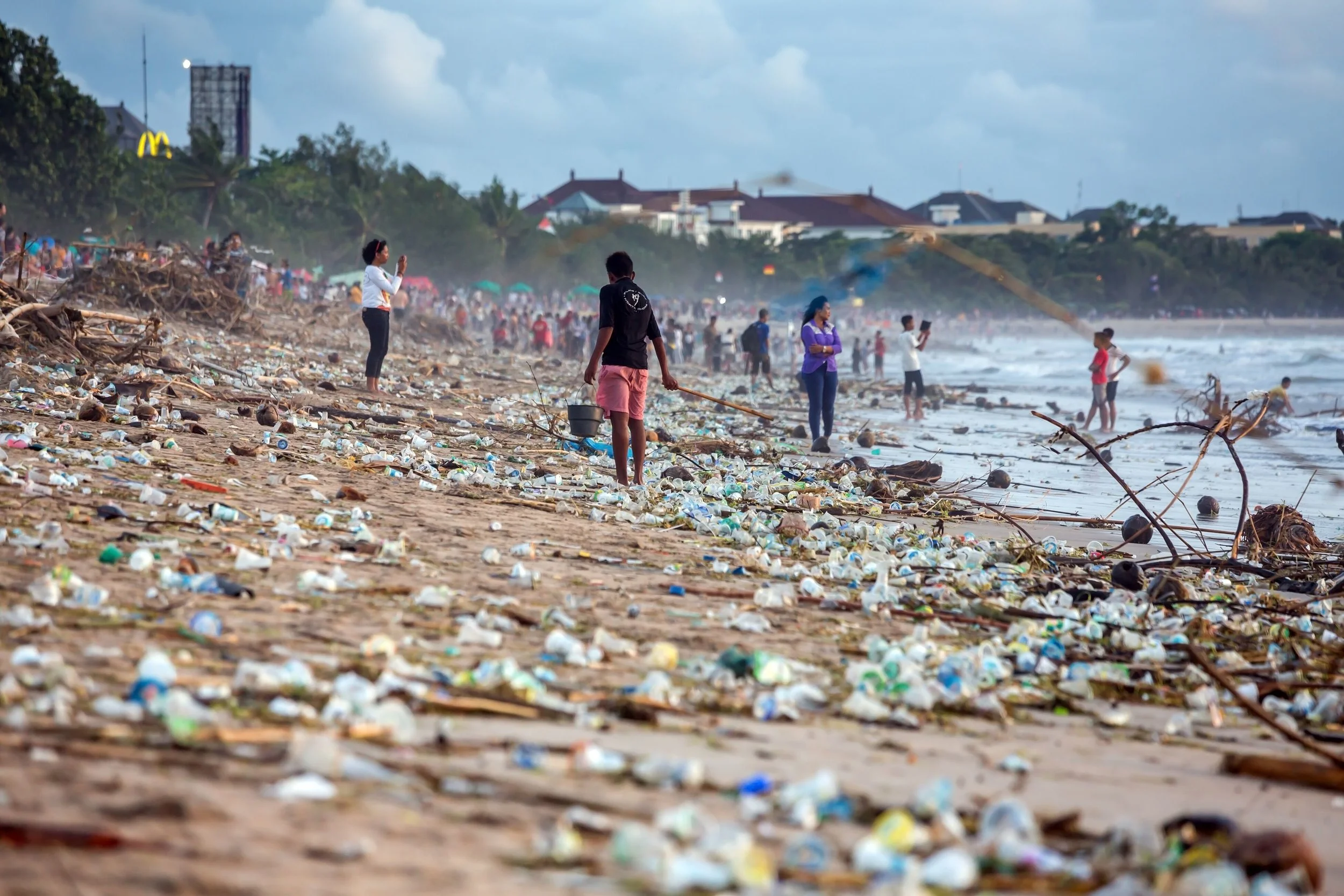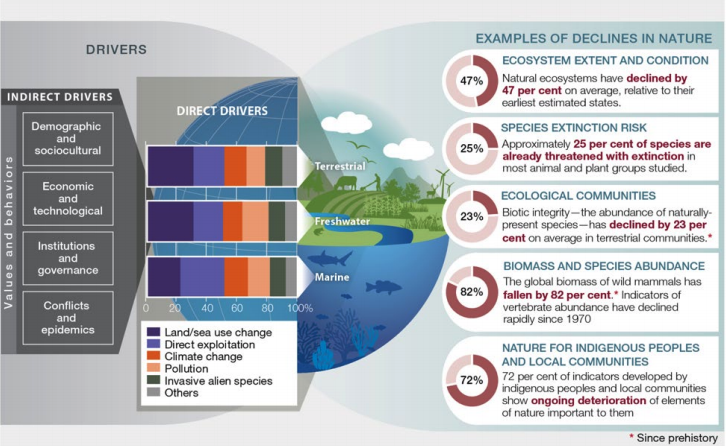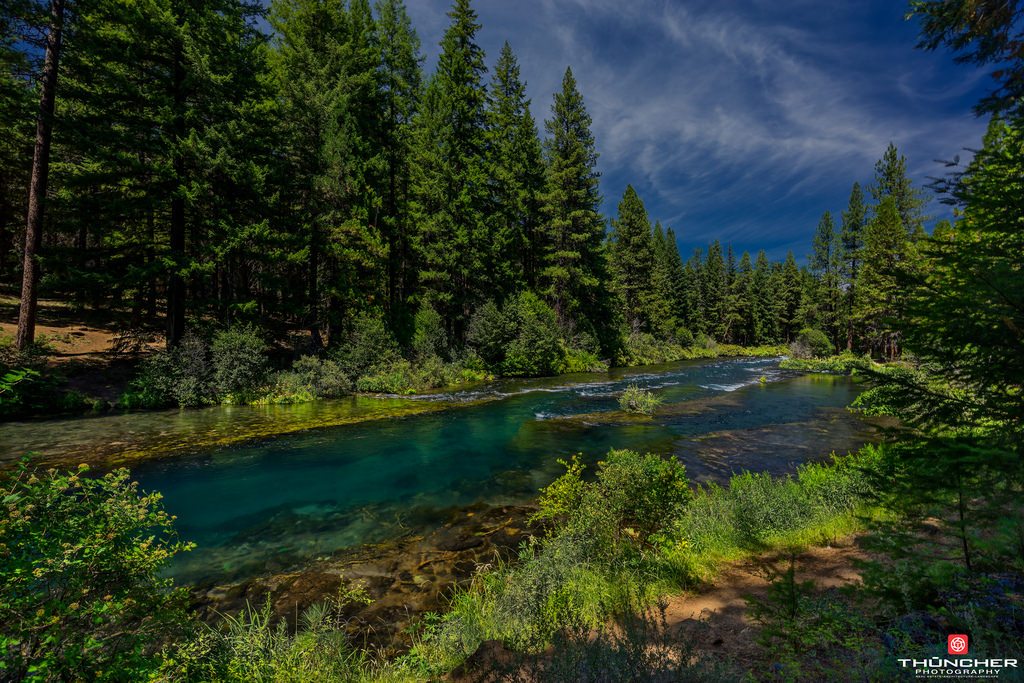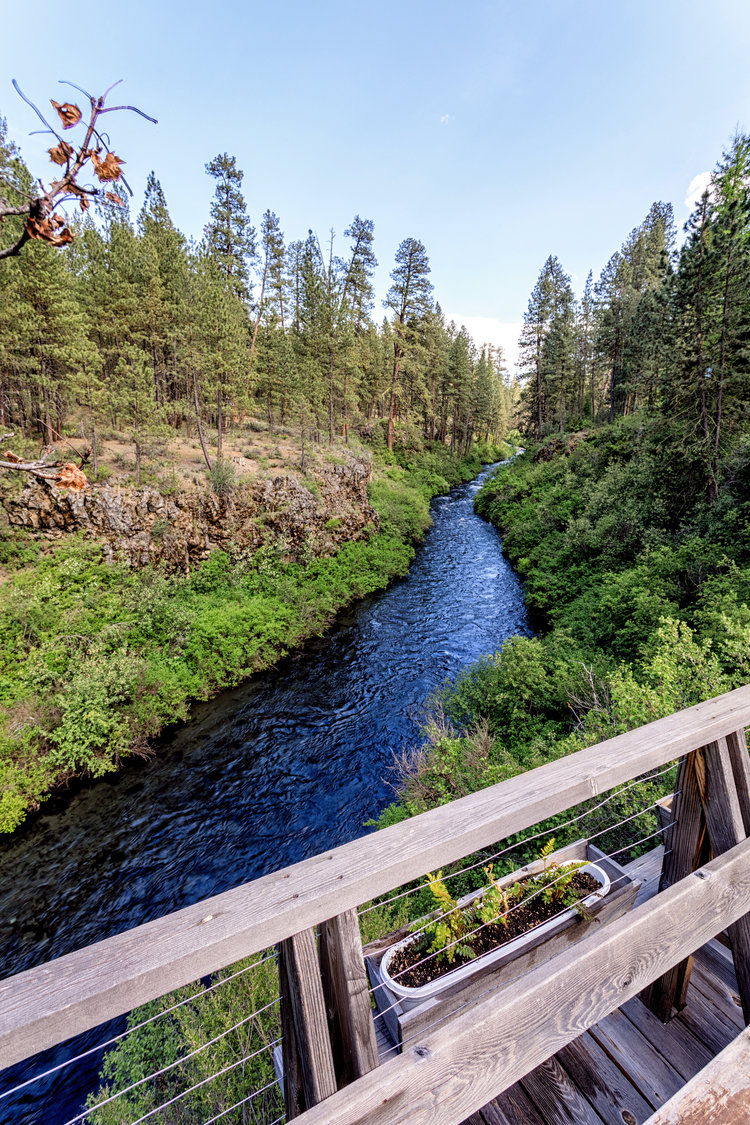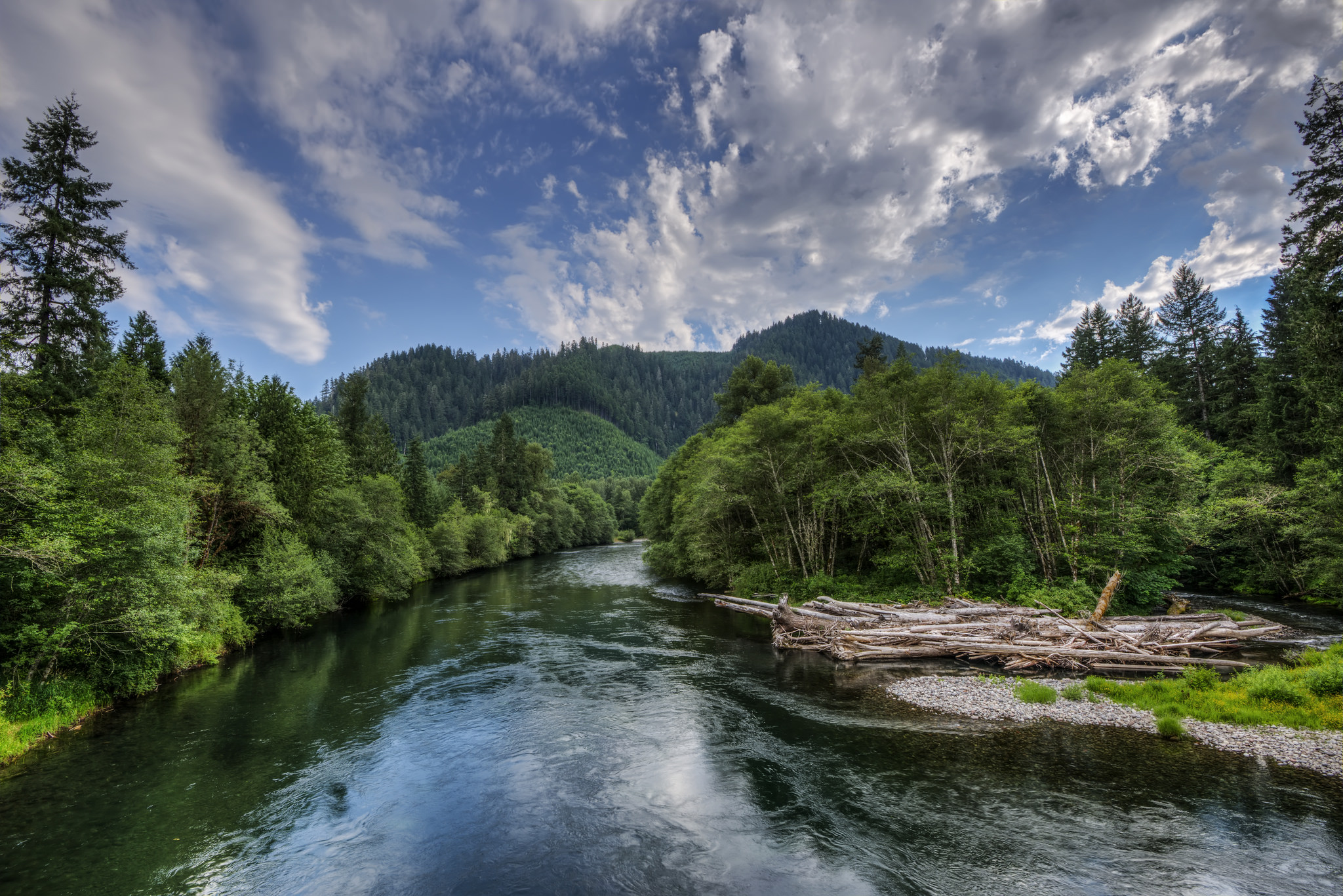Dates: Wednesday, April 24-Saturday, April 27, 2019
Theme: “Springtime Waters” (after Gaston Bachelard’s essay “Clear Waters, Springtime Waters and Running Waters”)
Faculty: Anne-Marie Oliver and Barry Sanders, Directors
Chef: Emily Squandra
Participants: Erika M. Anderson, Trace Fleeman y Garcia, Emily Hyde, Brian Liu, Maria Fernanda Nuñez, Sophie Sumney-Koivisto, Nicholas Tarter, Mark Tracy
_______________________________________________________________________
SCHEDULE
WEDNESDAY, April 24
12:30 p.m.: convene in front of the Attic Institute
1:00 p.m.: depart Portland for House on Metolius, Camp Sherman
4:00-6:30 p.m.: settling in (snacks available in Eleanor’s Cottage)
6:30-8:00 p.m.: celebratory inaugural dinner
8:30 p.m.: desert films, followed by group discussion
THURSDAY, April 25
8:30-9:30 a.m.: breakfast
10:00-12:30 a.m.: Seminar 1
1:00-2:00 p.m.: lunch
2:30-5:30 p.m.: Seminar 2
5:30-6:00 p.m.: roam and wander
6:30-8:00 p.m.: dinner
8:30 p.m.: desert films, followed by group discussion
FRIDAY, April 26
8:30-9:30 a.m.: breakfast
10:00 a.m.: depart for Richardson’s Ranch, where we will spend the day rockhounding
1:30 p.m.: lunch in Bend
7:30 p.m.: dinner back at House on Metolius
SATURDAY, April 27
8:30-9:30 a.m.: breakfast & recap, “Springtime Waters”
9:30-10:30 a.m.: pack up
11:00 a.m.: head back towards Portland
___________________________________________________________
READINGS
Seminar 1
Gaston Bachelard, selections from Water and Dreams: “Clear Waters, Springtime Waters and Running Waters,” 19-43, and “The Supremacy of Fresh Water,” 151-157
Gaston Bachelard, “Water Lilies or Surprises of a Summer's Dawn,” The Right to Dream, 3-6
Madame Michelet, “River Scenery” (final section on the Mississippi), Nature or the Poetry of Earth & Sea, 271-275 (with 200 b/w illustrations by Giacomelli)
Julia Kristeva, “Narcissus: The New Insanity,” Tales of Love, 103-121
Seminar 2
Christopher Alexander, Sara Ishikawa, & Murray Silverstein, selections from A Pattern Language: “Access to Water,” 135-138, and “Pools and Streams,” 322-327
David Laskin, “Writer's Weather,” Rains All the Time, 151-185
F. Batmanghelidj, “The New Paradigm,” Your Body's Many Cries for Water, 13-24
B. C. J. Zoeteman, “Introduction,” Sensory Assessment of Water Quality, 1-18
Gregory Bateson, "Ecology of the Mind - The Sacred," Sacred Unity, 265-270
Gregory Bateson, "Mind/Environment," Sacred Unity, 161-173
Ivan Illich, “Water’s Dual Nature: Purity and Cleanliness,” H20 and the Waters of Forgetfulness, 27-30
“Water Is Life,” Standing Rock: https://standwithstandingrock.net/mni-wiconi/
Seminar 3 (PDX)
Maurice Merleau-Ponty, “The Perceptual Faith and Reflection,” The Visible and the Invisible, 28-49
Gérard Genette, “Failing Natural Languages,” Mimologics, 201-247
Sir James George Frazer, selections from The New Golden Bough: “The Magical Control of the Weather,” 38-53, “Departmental Kings of Nature,” 70-72, and “Primitive Theogamy,” “Egeria and Numa," and "Roman Kings,” 96-100
Elias Canetti, “Crowd Symbols” (“Rivers,” especially), Crowds and Power, 75-90
Robert McFarlane, “The Woods and the Water” and “Glossary III: Waterlands,” Landmarks, 95-138
Seminar 4
Rachel Carson, “Surface Waters and Underground Seas,” Silent Spring, 39-51
Rachel Carson, “Rivers of Death,” Silent Spring, 129-152
The Heinz Center, “Physical Outcomes of Dam Removal,” Dam Removal - Science and Decision Making, 98-132
Cynthia D. Stowell, “Salmon--Continuity for a Culture,” Western Water Made Simple, 71-80
Charles Fishman, “The Revenge of Water,” The Big Thirst, 1-24
Blaine Harden, “Wild and Scenic Atomic River,” A River Lost, 147-173
FILMS
Andrei Tarkovsky, Stalkr (Soviet Union, 1973), 183 minutes (original cut: 205 minutes)
Chris Marker, Sans Soleil (France, 1983), 100 minutes
Benh Zeitlin, Beasts of the Southern Wild (USA, 2012), 93 minutes
Elia Kazan, Wild River (USA, 1960), 52 minutes
Roman Polanski, Chinatown (USA, 1974), 131 minutes
Icíar Bollaín, Tambien la Lluvia (Even the Rain) (Spain/Mexico/France, 2010), 104 minutes
Steven Zaillian, A Civil Action (USA, 1998), 115 minutes
Robert Redford, The Milagro Beanfield War (USA, 1988), 117 minutes
Steven Soderbergh, Erin Brockovich (USA, 2000), 130 minutes
*The last six films are cited on the website of the Water and Society group at Michigan State University, to which we offer our appreciation. For more information on this group, visit <www.waterandsociety.leadr.msu.edu>.































